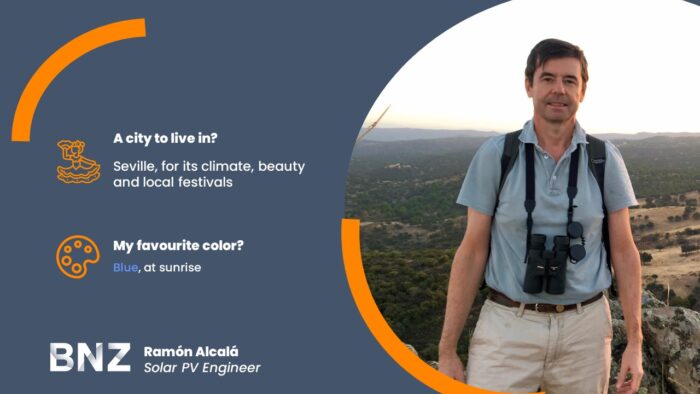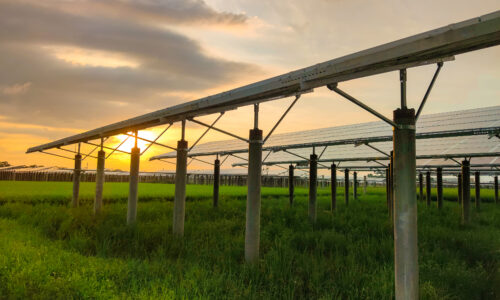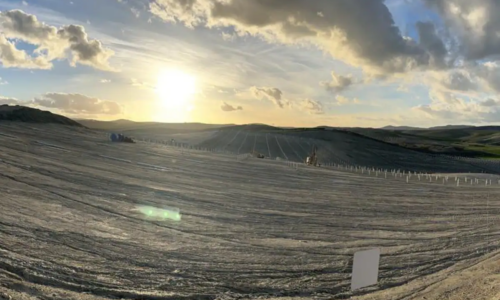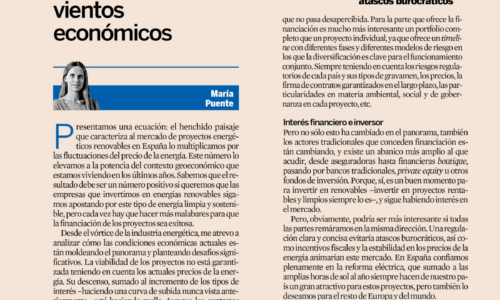Meet the Team – Ramón Alcalá
MEET THE TEAM – RAMÓN ALCALÁ
- What is your role in BNZ?
I am currently working as a Photovoltaic Solar Engineer. I collaborate with the rest of the BNZ team giving support in the technical and engineering aspects of the projects and, mainly, I am in charge of supervising the engineering of the different projects under construction.
- How long have you been working in the renewable energy sector?
Almost 30 years ago. Since 1995, when I started working at Elecnor, I have been involved in the electricity distribution and renewable energy sector, transversally managing photovoltaic, wind and thermal energy projects, as well as in the construction of medium and high voltage electricity distribution networks.
Since 2016, I have been specifically involved in large-scale photovoltaic projects performing basic engineering tasks for tendering and detail engineering construction in leading companies such as Grupo Cobra, Abengoa and Empresarios Agrupados.
These last 7 years have meant for me a necessary recycling in the existing technology (modules, inverters and trackers) and in the constructive solutions and best practices of application in the construction of large-scale photovoltaic plants.
The challenge for the future is to continue to be constantly updated, since new advances emerge every year.
- How do you think the sector has changed in these years?
The most remarkable thing is that in recent years wind and photovoltaic have undergone a significant technological evolution and cost optimization. It can be said that these two technologies are mature and competitive compared to other conventional energy sources, which are more expensive and subject to geopolitical tensions. This has led to the global expansion of wind and photovoltaics, with more than 1,200 GWp installed worldwide by the end of 2022.
In addition, alternative energy sources to oil and gas, such as green hydrogen and green fuels, are being developed. These alternative energy sources will play an important role in the future in sectors that are difficult to electrify, such as agriculture, land transport, aviation, maritime transport, industrial heating, etc. To produce these fuels, a large amount of renewable energy is needed, which can come from photovoltaics.
The foundations have been laid, photovoltaic energy is destined to become one of the main primary energy sources and the necessary complement in the development of all these alternative energy projects.
- What are the main challenges for the sector in the coming years?
I would highlight three main technical aspects related to the power grid. On the one hand, the integration of renewable energies into the power grid, providing stability and high-value services to the grid. On the other hand, the management of surpluses and energy storage (batteries or by reversible pumping). In addition, I would highlight the transport of electricity over long distances and with low losses, and the interconnection of grids.
In the specific case of Spain, which has historically been an energy island, interconnections with France and Africa are especially critical.
- And in the long term?
I would say that in the long term the challenge will be more in the markets, which are more global, more diversified (in products and players), more dynamic, more interconnected, more complex, more real-time and more intelligent.
- What does BNZ have that its competitors don’t?
Personally, I prefer not to consider other companies in the sector as competitors, as very interesting partnerships can be established. The know-how and commitment of the team is assumed and is ceasing to be a differentiating factor in a sector where there are already magnificent companies and professionals. Therefore, I would say that ESG is going to be one of the key differentiators for BNZ’s success. BNZ has an investment philosophy that integrates environmental, social and good governance criteria in the process of studying, analyzing and selecting projects.
- How do you see BNZ in 5 years?
Within the next 5 years BNZ will already be operating its current portfolio of PV projects currently under development and construction in the Spanish, Italian and Portuguese markets, approximately 1.5 GWp in total. Some battery storage projects and other new developments will surely have been added along the way, step by step.
- Which countries are making greater efforts for photovoltaic energy?
In order of importance, China, the United States, Japan, India, Germany, Spain and Italy.
The total installed capacity of photovoltaics in the world is approximately 1,200GWp, China clearly leads the market with 416GWp installed, followed by the European Union with 210GWp, the United States with 142GWp, Japan with 85GWp, and India with 80GWp. Within the European Union, Germany leads with 68GWp, followed by Spain with 27GWp and Italy with 25GWp.
Spain, Italy and Portugal have the highest solar resource in Europe. Therefore, in the coming years, photovoltaics in these countries is destined to become the main source of renewable energy in the European Union, since it will be in Spain, Italy and Portugal where the cheapest clean energy will be produced.
Moreover, the availability of clean and cheap energy will be a locational factor in the future for energy-intensive industries and for future developments of other alternative renewable energy sources (such as green hydrogen or green fuels).
I see a promising future in the coming years in these three countries, Spain, Italy and Portugal, which are precisely the markets where BNZ currently operates.
- What would you ask public administrations to promote this type of clean energy?
Simplify administrative procedures and improve agility in the processing of projects.
- And the citizens?
I would ask them to promote environmentally friendly, efficient and clean energy products through their consumption habits.
- What do you do in your day to day to reduce your carbon footprint?
Directly, I try to control consumption at home (electricity, water and gas), I also use public transportation or walk to places. Indirectly, I avoid consumerism and try to buy only what is necessary. When I have to replace an appliance or some equipment, I take into account its energy efficiency as one of the decision criteria. I recycle, especially packaging, paper and glass. Citizens play an important role in the circular economy, so I am aware of this on a daily basis.
In Depth
- A hobby: Hiking, to enjoy nature. If it is with the family, even better.
- A country to travel: I still have a lot of Spain to discover.
- A city to live: Seville, for its climate, beauty and local festivals.
- An animal: From the Iberian Peninsula, the wolf for its cunning and the fighting bull for its bravery.
- A movie or TV series: “El Hombre y la Tierra”, by Félix Rodríguez de la Fuente.
- A book: “El Principito”, by Antoine de Saint-Exupéry.
- A type of cuisine: I have no preferences, I tend to vary.
- A historical figure: The French physicist Alexandre-Edmond Becquerel, considered the discoverer of the photovoltaic effect, or Charles Fritts, who manufactured the first solar cell in 1883.
- A colour: Blue, at sunrise.




